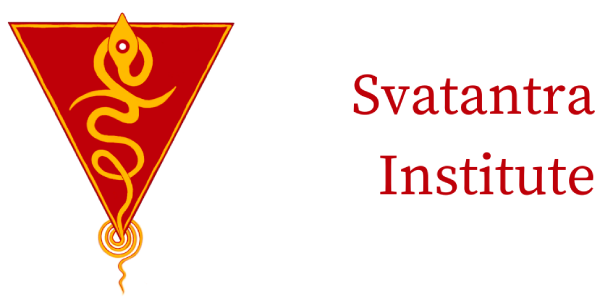The following is adapted from AYP, and presented here (in italics) with permission from Yogani.
Meditation always involves the use of an object, and systematically refining our awareness of that object in the mind. An ancient and reliable method of meditation involves using the breath as that object.
Below is the gentle and time-tested method of meditation on the breath:
1. Pick a time when you will not be disturbed for at least 25-30 minutes. Pick a place where you will be left alone for this duration. Set a timer to avoid the temptation to keep glancing at the clock.
2. Sit upright, either on the floor or on a chair in a posture comfortable enough to forget the body for the duration of the meditation. Prop yourself with pillows or blankets to aid this comfort.
3. Close your eyes gently.
4. Bring your attention to your breath.
Some may ask, what is the object we call breath? Is it the sensation of air moving in the nostrils, in the throat, in the lungs? Is it the rising and falling of the chest? As we begin breath meditation, and get into it, we may find it is one of these, or all of these. That is fine. Whatever we perceive the object of breath to be, that is what it is. It is not necessary to physically locate our awareness of the breath. It may start in one place, and move naturally. We can be comfortable with that, easily favor whatever it is, and we will be refining our awareness, purifying our nervous system, and cultivating abiding inner silence.
5. The mind will most certainly wander. As soon as you become aware of attention to anything else other than the breath, bring your attention back to the breath, favoring attention on the breath over attention to anything else (thoughts, sensations, etc).
There can be thoughts or no thoughts with awareness of breath. We don’t try and push thoughts out. We just easily favor the breath, no matter what else may be going on.
6. This is the procedure for the entire duration of the meditation session.
7. At the conclusion of the session, lie down or lean back to relax for 5-10 minutes. Let go of the attention to the breath and allow the mind to do what it will. Do not skip this rest period. Resting allows the integration of the inner silence cultivated in meditation into daily life.
8. The key to success with any method of meditation is consistency and regularity. It is important to keep up a twice-daily practice of meditation. Although this takes time and effort in the beginning, the rewards of such a discipline far exceed the investment.
Some pointers for continued practice:
- With continued practice, attention to the breath as well as the breath itself (our object of focus be it the sensation in the throat, lungs or abdomen or the energy impulse prior to the breath itself) will become more refined.
In time, we will find that our attention will go to a very refined aspect of breath that we could call the “energy impulse” of the breath, without a fixed physical location.
If our attention and the breath have become refined, we come back to the breath at that refined level, if that is where we are when we notice we are off the object of our meditation. As we become advanced in our practice, we may find ourselves picking up that refined energy impulse of the breath as soon as we sit to meditate. We can’t force any of this refinement to happen. It happens by itself as our method of meditation and the object we are using become baked into our nervous system. This is why regularity of practice is so important twice daily.
- Further, it is common for the breath to briefly suspend on occasion.
When using breath meditation and going deep, as with any effective form of meditation, the breath may naturally suspend briefly from time to time. This is a sign that metabolism is low, that we are in deep silence, and that effective purification is occurring. If, during a breath suspension, we become aware that our attention is not on the breath, we may not find much physical breath or subtle energy impulse of breath to favor. If that is the case, we can just easily be in the stillness we are experiencing in the moment. When we notice the physical breath or the faint energy impulse of breath again, then we can return to that at whatever level of refinement we find ourselves. We just relax in stillness until the impulse of breath returns.
- Advancement in meditation requires a conscious and gradual adjustment of our lifestyle at a whole. Some lifestyle changes that favor a meditation-centered life are described here.
Several other issues arise as the practice of meditation continues. We will explore these in subsequent posts.
